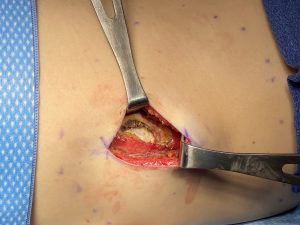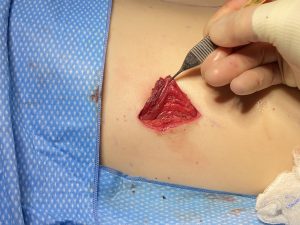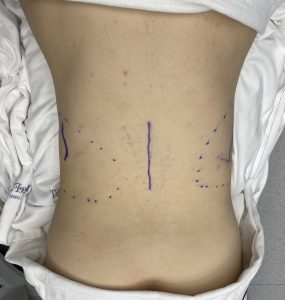Background: Rib removal is the final and definitive procedure for waist narrowing when the patient is seeking a result beyond what standard body contouring surgery can achieve. The traditional rib removal surgery focuses on the bottom two or free floating ribs as they lie adjacent to the waistline and their cartilaginous tips are the point of attachment for multiple abdominal and back muscles. Thus when these muscular attachments loose their insertions the lateral support of the waistline is reduced.
The traditional or Type 1 rib removal procedure uses a small oblique lateral back incision to access the ribs and the latissimus dorsi (LD) muscle. While effective for some patients getting up to rib #10 can be challenging and the section of LS muscle that can be removed is limited.
This has led to a different incision approach to rib removal surgery with a change in the incision orientation which allows for greater bone and muscle removal. Moving the incision to a vertical orientation provides assurance that rib #10 can be treated and a bigger longitudinal section of the muscle can be reduced.
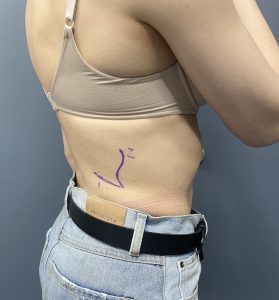
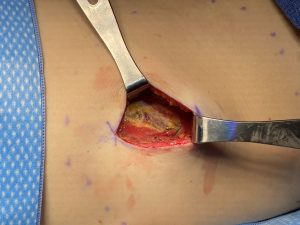
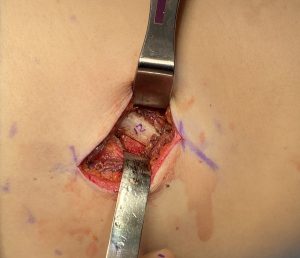
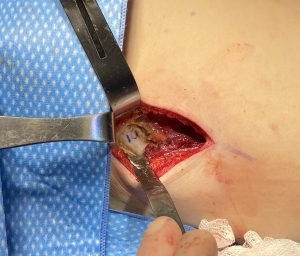

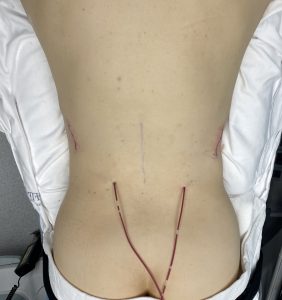
Highlights:
- Type 2 rib removal surgery has a vertical incision orientation which allows for improved rib access and better ‘climbing of the ladder’ up the ribcage.
- Rib #10 can be reduced which provides more torso reduction than just discrete waist narrowing.
- The split LD muscle access to the ribs allows for more rapid access and a muscle reducing excision technique as well.
Dr. Barry Eppley
World-Renowned Plastic Surgeon




